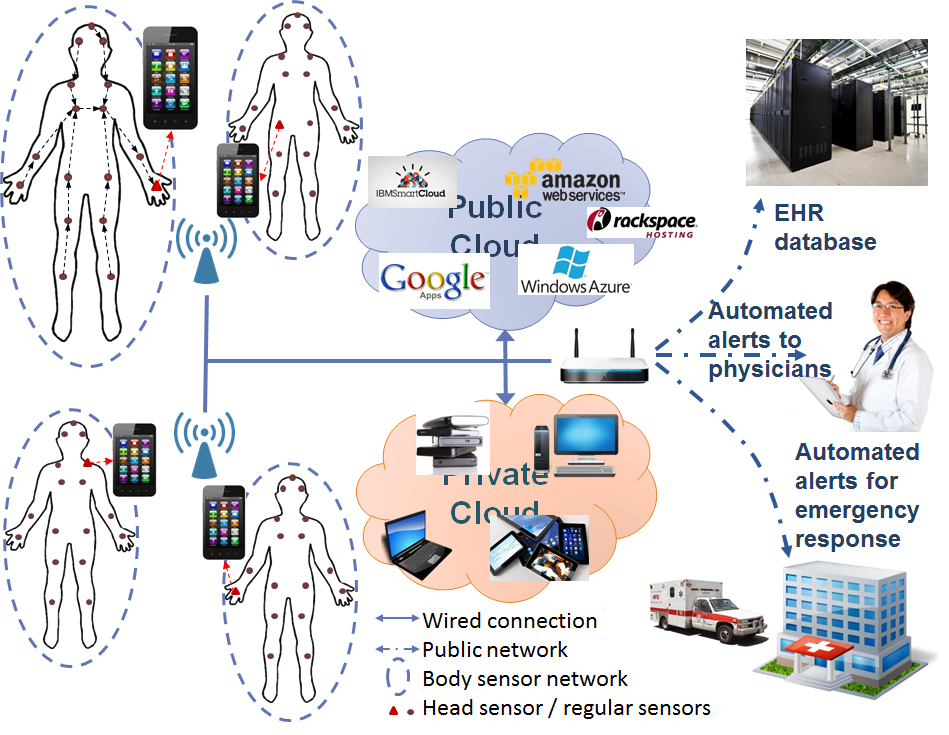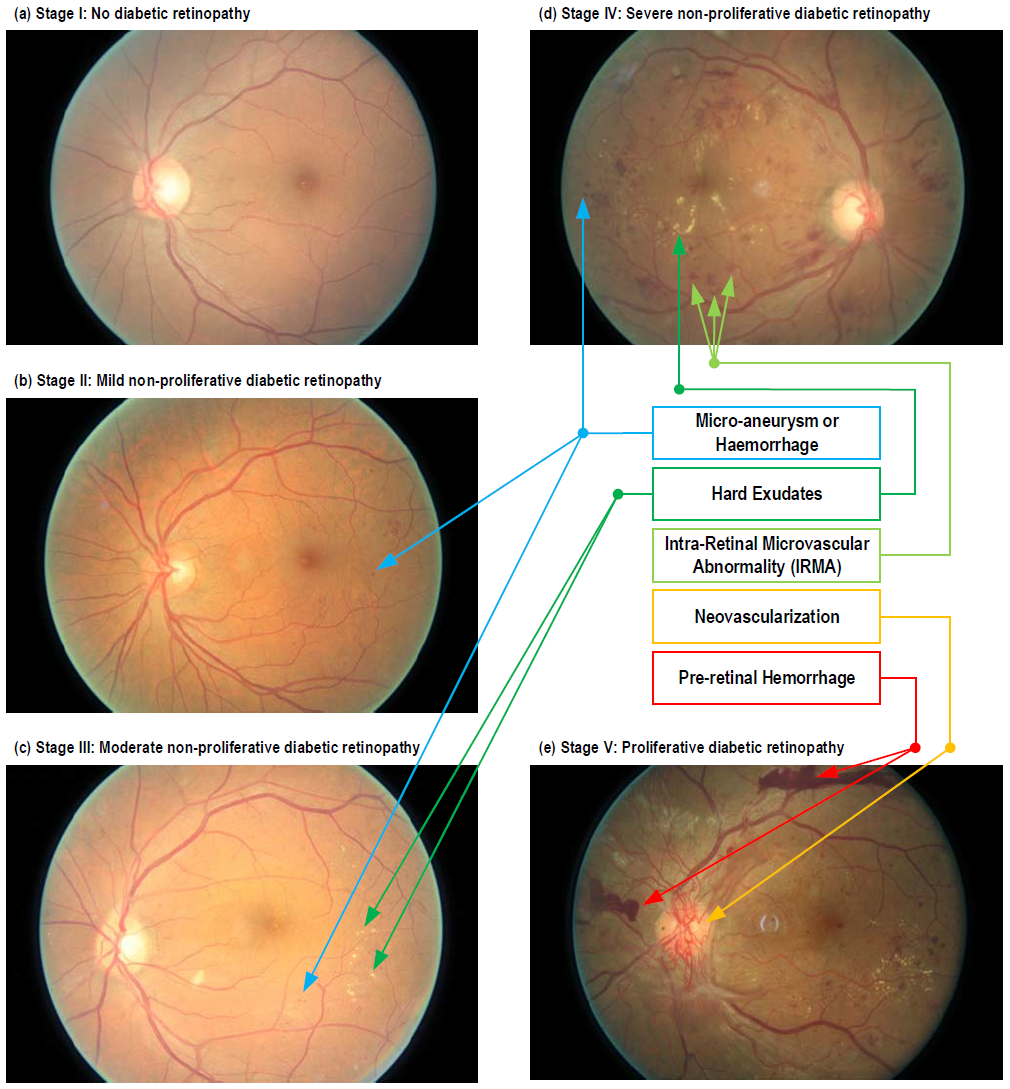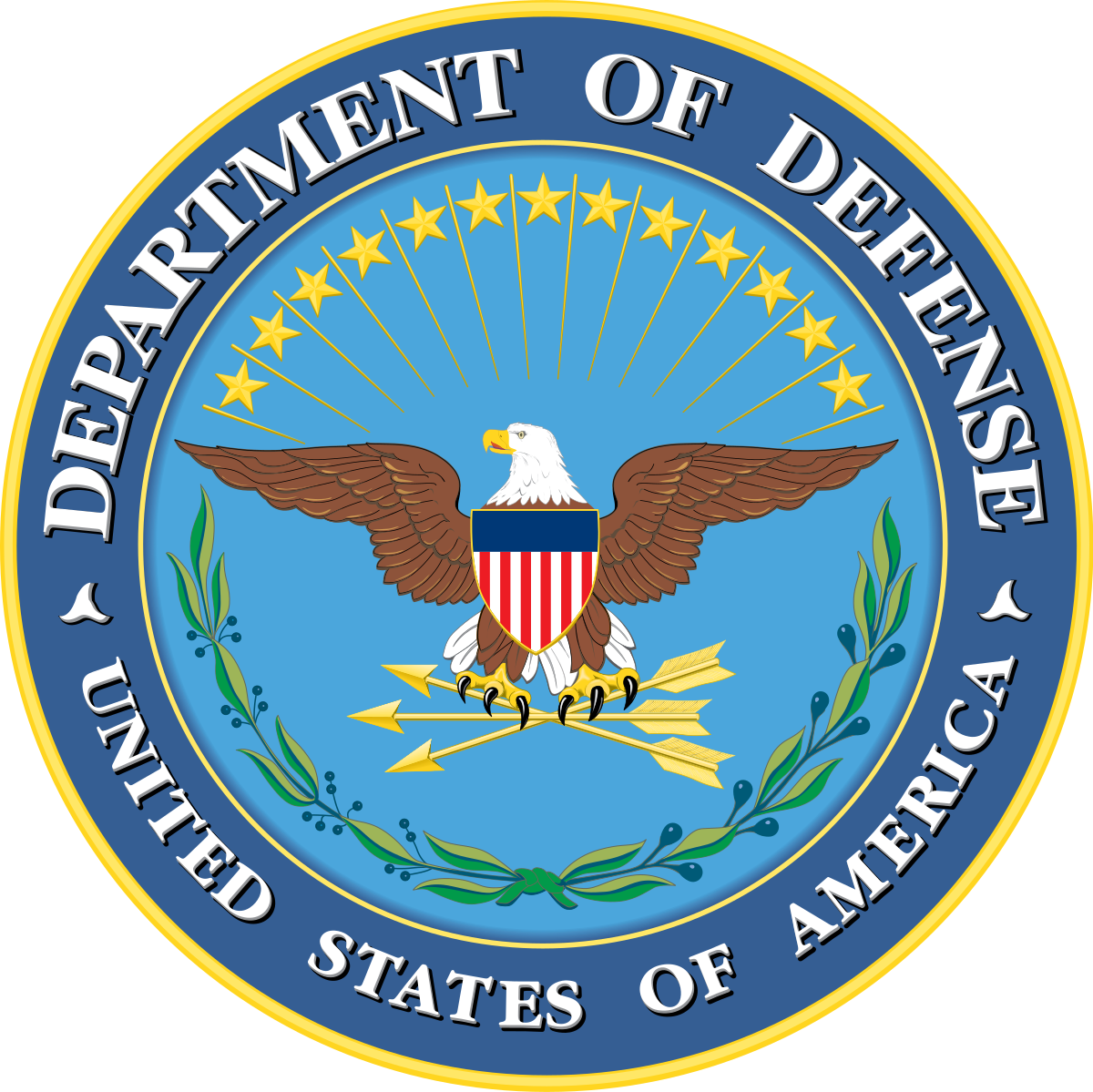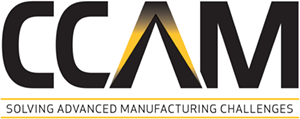Research
Mobile Cloud Computing for Pervasive Healthcare

Recent advances on wearable and mobile technologies have made mobile devices a promising tool to manage patients' own health status and assessment through services like telemedicine. However, the inherent limitations of mobile devices make them less effective and sustainable in computation- or data-intensive tasks such as physiological monitoring and analysis. Cloud computing embraces new opportunities of transforming healthcare delivery into a more reliable and endurable manner. As the development and adoption of Mobile Cloud Computing (MCC) techniques in healthcare, we explored and studied new optimization strategies to help mobile cloud healthcare services to be deployed in a more effective and efficient manner. It was showed that our proposed approach can significantly enhance the conventional mobile-based health monitoring in terms of diagnostic accuracy, execution efficiency and energy efficiency.
Cyber Physical Systems for Smart Manufacturing

Fog Computing has been regarded as the extension of Cloud Computing to the edge of the network. Compared to the traditional cloud computing, fog computing emphasizes proximity to end-users and client objectives, dense geographical distribution and local resource pooling, latency reduction and backbone bandwidth savings to achieve better quality of service (QoS) and edge analytics/stream mining. The Fog Node or Edge Node would be built based on the smartphones, tablets and laptop computers to execute some intermediate and time critical procedures, such as inference stage in machine learning algorithm. But on the other side, remote cloud computing data centers are still indispensable for undertaking some computation intensive tasks and long-term object oriented data analysis. With the concern of restricted computational capabilities provided by Edge nodes, those data intensive computation, such as training procedure of machine learning, need to be performed in aggregated cloud data center relying on its powerful computing server. The cloud center could also provide extensive data storage and web service for people to access the machining information. In such a way, machinery could be maintained with high performance through real time automation control and manufacturing procedure monitoring.
Diabetic Retinopathy Stage Classification

Diabetic Retinopathy (DR) stage classification has been regarded as a critical step for evaluation and management of diabetes retinopathy. Because of damages of the retina blood vessels caused by the high blood glucose level, different extent of microstructures, such as micro-anuerysms, hard exudates, and neovascularization, could occupy the retina area. Deep learning based Convolutional Neural Network (CNN) has recently been proved a promising approach in biomedical image analysis. In our work, representative Diabetic Retinopathy (DR) images have been aggregated into five categories according to the expertise of ophthalmologist. Various deep Convolutional Neural Network methods have been employed for DR stage classification. State-of-the-art accuracy result has been achieved, which demonstrates the effectiveness of utilizing deep Convolutional Neural Networks for DR image recognition.
Internet of Things for Remote Sensing

The Internet of Things (IoT) is the extension of Internet connectivity into physical devices and everyday objects. Embedded with electronics, Internet connectivity, and other forms of hardware (such as sensors), these devices can communicate and interact with others over the Internet, and they can be remotely monitored and controlled. We developed various cyber-physical systems and leveraged machine learning based data-driven approach to provide remote sensing services.
Sponsors





